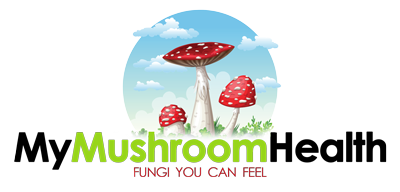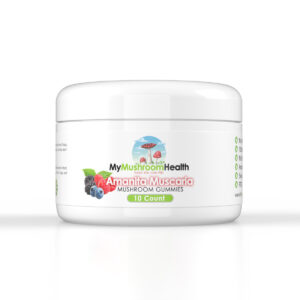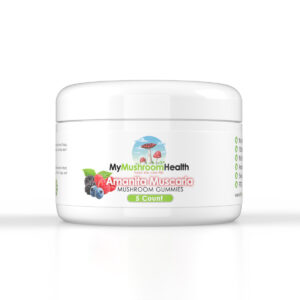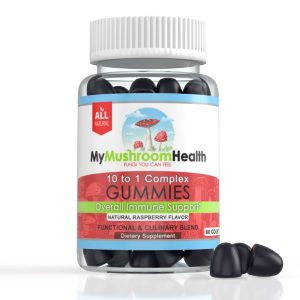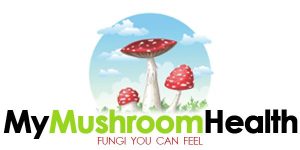Harvard School of Public Health On The Nutritional Benefits of Mushrooms
Some people include many of the popular culinary mushrooms in their daily or weekly diet. Often referred to as the under-appreciated food, mushrooms have been eaten and used as medicine for thousands of years. All across the world and now more popular in the America’s medicine practitioners applaud the bell-shaped fungi for their healing and detoxifying properties.
All varieties of mushrooms are low in calories, low in fat, and contain modest amounts of fiber and a whole host of nutrients. Perhaps the more interesting properties of mushrooms are their non-nutritive plant substances—polysaccharides, indoles, polyphenols, and carotenoids in which cell and animal studies have shown antioxidant, anti-inflammatory, and anticancer effects. Mushrooms are also recognized by chefs for their ability to create yummy rich flavors called umami, thanks to the presence of an amino acid called glutamate, which can also be found in meats, fish, natural ( non-processed ) cheeses, and simmering soups.
Although typically considered a vegetable, mushrooms are neither a plant nor animal food. They are a type of fungi that contain a substance referred to as ergosterol, similar in structure to cholesterol in animals. Ergosterol can be transformed into vitamin D with exposure to ultraviolet light. Mushrooms vary in appearance with more than 10,000 known species, but generally they are distinguished by a stem, fleshy rounded cap, and gills underneath the cap. While in nature the conditions need to be optimal for mushrooms to grow, in controlled settings with regulated conditions and free from contaminants, they flourish quickly and are exceedingly healthy.
